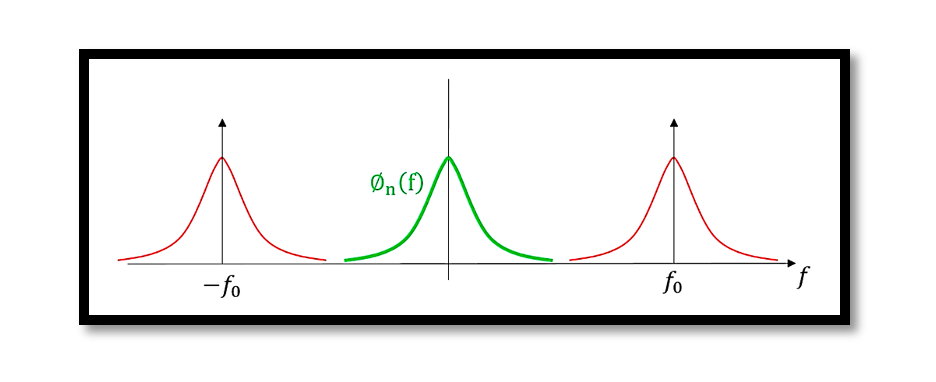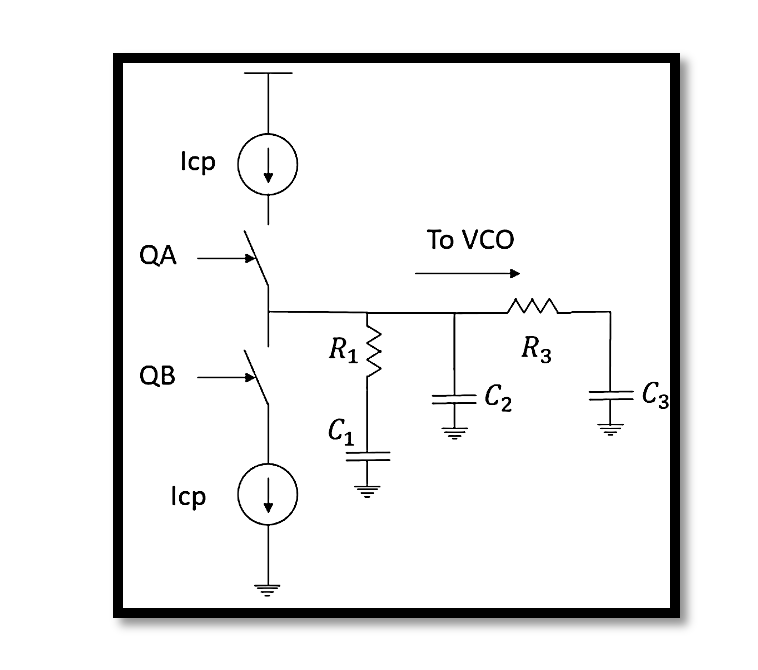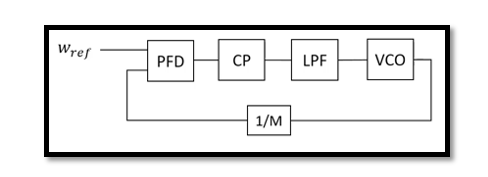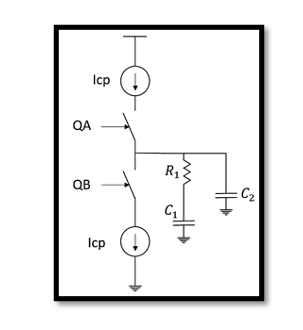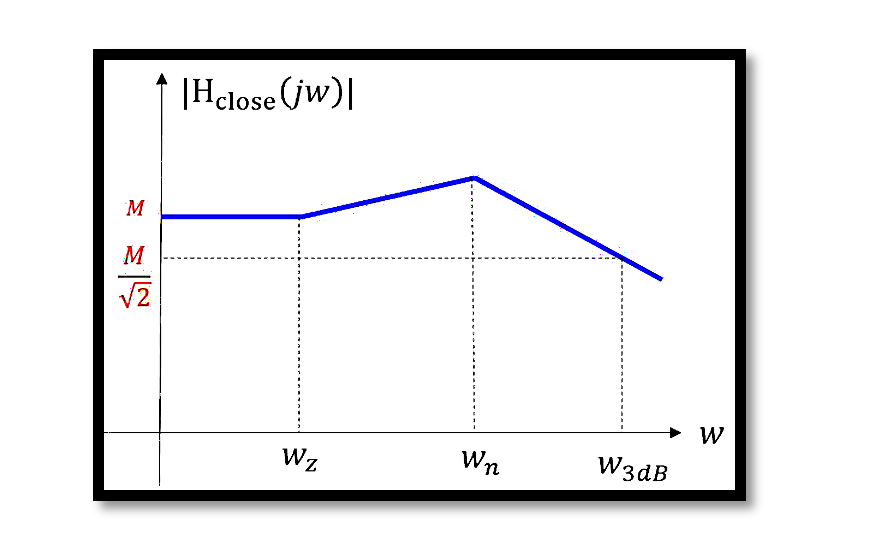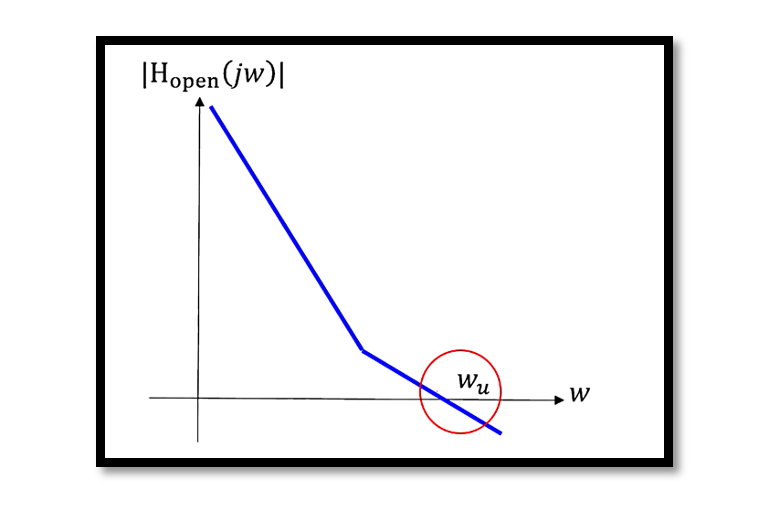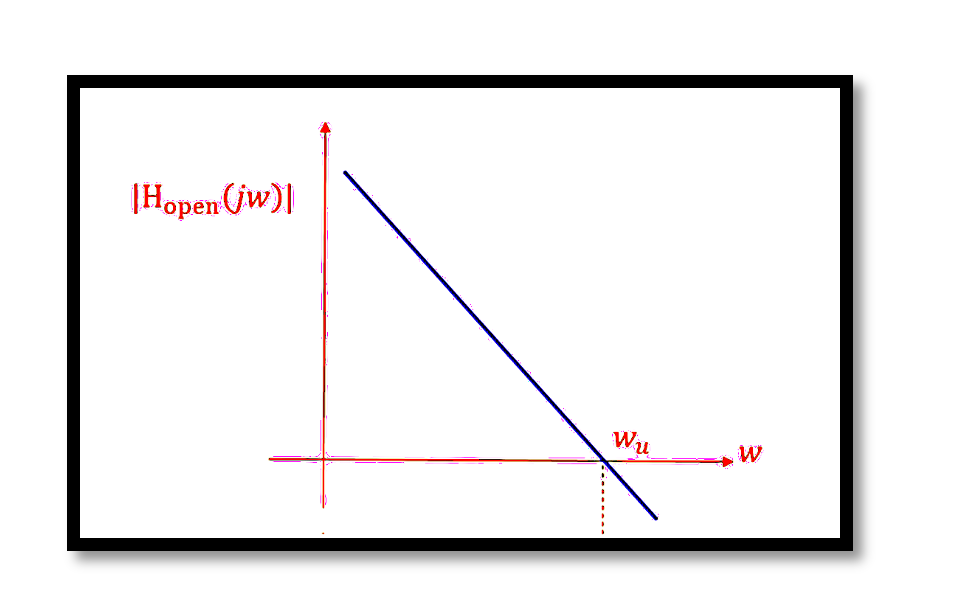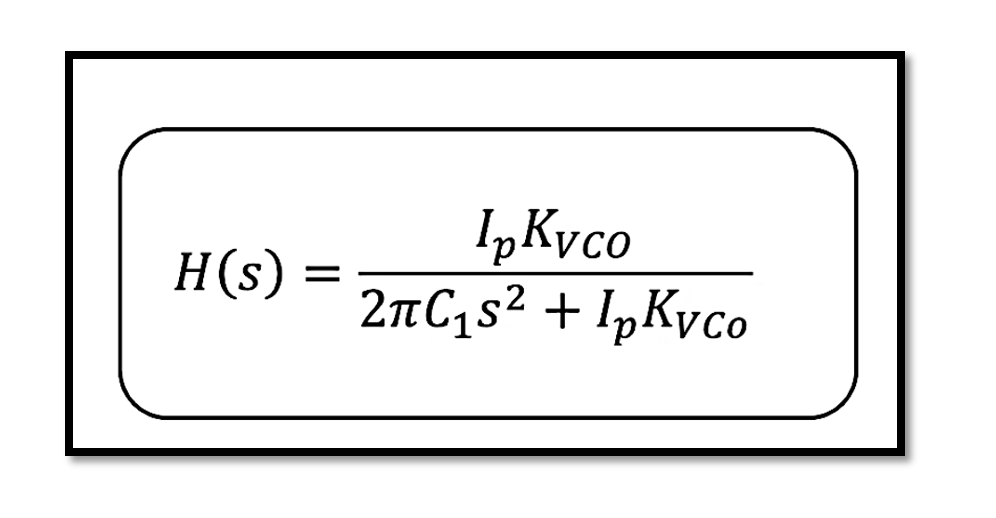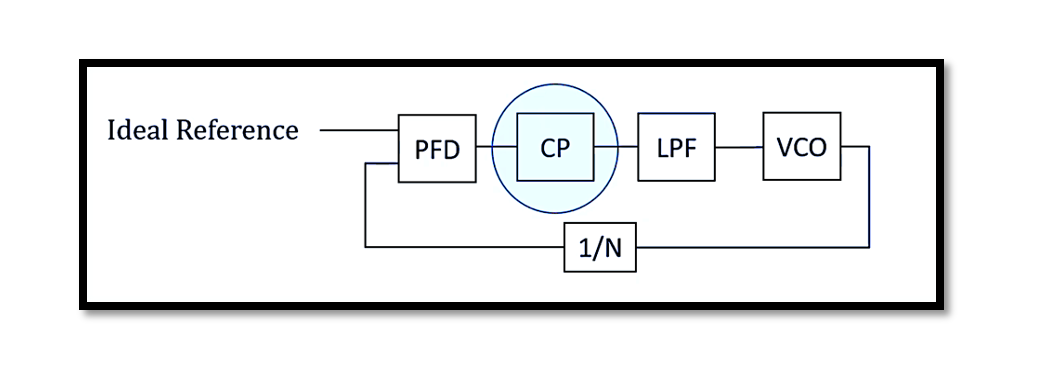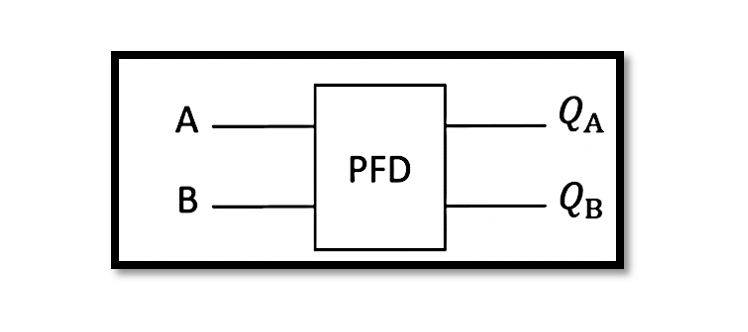Phase noise is a critical parameter in the performance of oscillators, particularly in the context of Phase-Locked Loops (PLLs). It manifests as random fluctuations in the phase of a signal, which can degrade the performance of communication systems, signal processing, …
Introduction Phase-Locked Loops (PLLs) are essential components in various electronic systems, especially in communication and signal processing. They are used for frequency synthesis, clock generation, and demodulation. A key part of the PLL system is the filter, which determines the …
In this blog, we will delve into the initial design considerations for a Phase-Locked Loop (PLL), focusing on determining initial values based on system requirements and design principles. The images provided outline the key steps and equations used in the …
Why Do We Need Higher Order PLLs? In the field of electronic circuit design, particularly within Phase-Locked Loops (PLLs), achieving optimal performance is crucial. PLLs are essential components in various applications such as communication systems, signal processing, and frequency synthesis. …
Closed-loop systems are fundamental in control theory, ensuring that the output of a system follows the desired input despite external disturbances. By analyzing the close-loop transfer function, we gain essential insights into the system’s stability, bandwidth, and overall performance. This …
Introduction Phase-Locked Loops (PLLs) are essential components in modern electronic systems, widely used in applications ranging from communication systems to signal processing. They are employed to synchronize the frequency of an output oscillator with a reference signal, maintaining a consistent …
Introduction Charge Pump Phase-Locked Loops (CPPLLs) are widely used in electronic systems to synchronize the frequency of oscillators. A crucial aspect of designing CPPLLs is ensuring their stability. This blog explores the stability of a simple CPPLL, discussing key concepts, …
In this blog post, we will look into the details of the Charge Pump Phase-Locked Loop (CPPLL) transfer function, covering various aspects such as loop locking, charge pump behavior, and circuit analysis. This comprehensive discussion aims to provide a clear …
Introduction Charge pumps are crucial components in the design of phase-locked loops (PLLs), a type of feedback control system used to synchronize an output signal with a reference signal. This blog will show the function and importance of charge pumps …
Phase-Locked Loops (PLLs) are essential components in various communication systems, providing synchronization and stability in signal processing. However, conventional Phase Detectors (PDs) in PLLs often face challenges with limited acquisition range, especially when dealing with unequal input frequencies. This blog …

